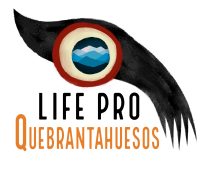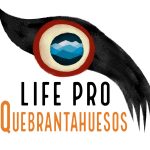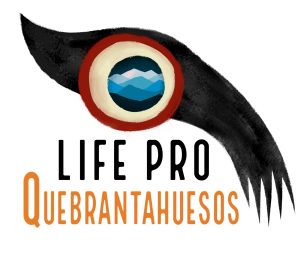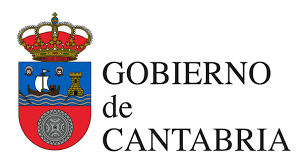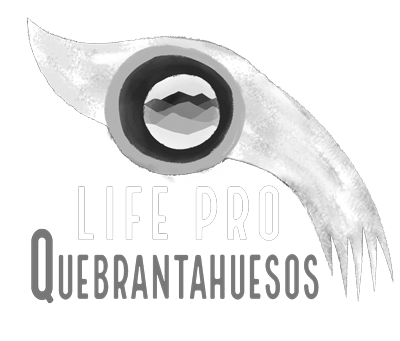The first two bearded vultures have settled in Maestrazgo a month after their arrival.
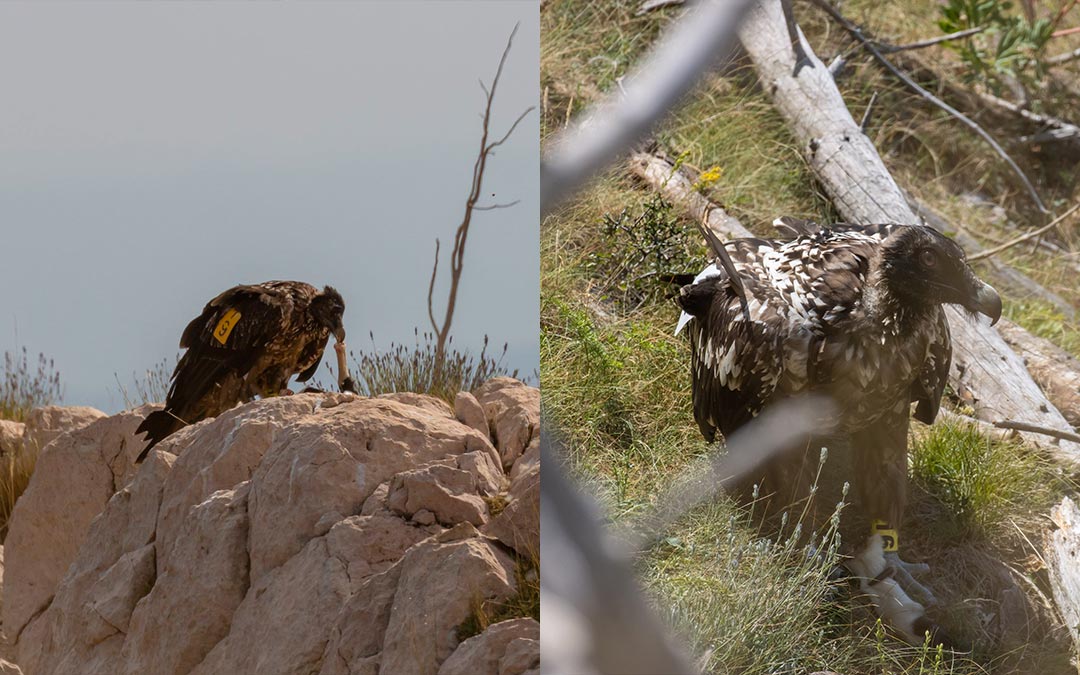
The first two bearded vultures have settled in Maestrazgo a month after their arrival.
An agreement with the Mas de las Matas slaughterhouse facilitates their feeding. Fifteen specimens will be reintroduced in the next 5 years.
The first two bearded vultures that are already flying over the Maestrazgo region of Teruel are evolving very favorably. Sabino and Masía, male and female, were reintroduced into the natural environment last June as part of the ‘LIFE Corredores por el quebrantahuesos’ project and are being fed with meat scraps from the Mas de las Matas slaughterhouse. An agreement between the Foundation for the Conservation of the Bearded Vulture (FCQ) and the City Council of this Lower Aragonese town, in charge of the management of the municipal slaughterhouse, allows the supply of lamb legs that serve as food for these specimens during the course of the project. The objective is to “guarantee” that the bearded vulture, an endangered necrophagous bird, has “continued access” to food and thus favor its adhesion to the territory. In this first reintroduction, two specimens were released on loan from the Government of Aragón, which were born last February at the Bearded Vulture Breeding Center in Human Isolation (CRIAH) . After completing the breeding and acclimatization process, they are now facing their new life in the wild, although with continuous monitoring. Each specimen carries a satellite transmitter so that the specialists can know where it is at all times and there are also two people who are monitoring his progress. Thus, from the moment the cage was opened on June 28th, the technicians in charge of the monitoring and surveillance of the two specimens have been in charge of daily contributions thanks to a hundred legs per week provided by the producers and the Mas de las Matas City Council. “They are in charge of feeding them during this period of dependence,” explains Juan Antonio Gil, vice president of the Foundation. Considering that bearded vultures eat 1 or 2 legs a day, the involvement of both actors “is formidable and crucial” for the survival of these animals,” says the Foundation, since the lamb’s feet provided by local producers are the fundamental basis for the food of this endangered species. “In this case, the food is left at a certain point and the birds come to it to feed,” Gil explains. The collaboration between the City Council of Mas de las Matas and the FCQ will be in force during the years of duration of the LIFE Pro BV+ Project and will remain one of the fundamental pillars for its success. Thanks to these continuous contributions, the released birds are showing “a correct physical development and high flight capabilities”. Currently, after the first month since their release, the bearded vultures Sabino and Masía remain near the town of Ejulve, where they were released, and are already beginning to make small exploratory flights to more optimal areas to continue their development. De momento su evolución está siendo «muy buena» e incluso se les ha visto interactuar con otras aves. It should be noted that a similar project is also being carried out in the province of Castellón. The project has a duration of 5 years and aims to reintroduce fifteen bearded vultures into the natural environment of Maestrazgo, thus recovering one of the “fundamental” species of the upper part of the pyramid, the only species that feeds on bones. “It disappeared due to human persecution. Recovering the species will be an added value for the Maestrazgo and for the province of Teruel. We hope that in a few years the bearded vulture will be able to breed naturally in the territory”, concludes Juan Antonio Gil.
Source:
https://www.lacomarca.net/primeros-quebrantahuesos-asientan-maestrazgo-mes-llegada/
